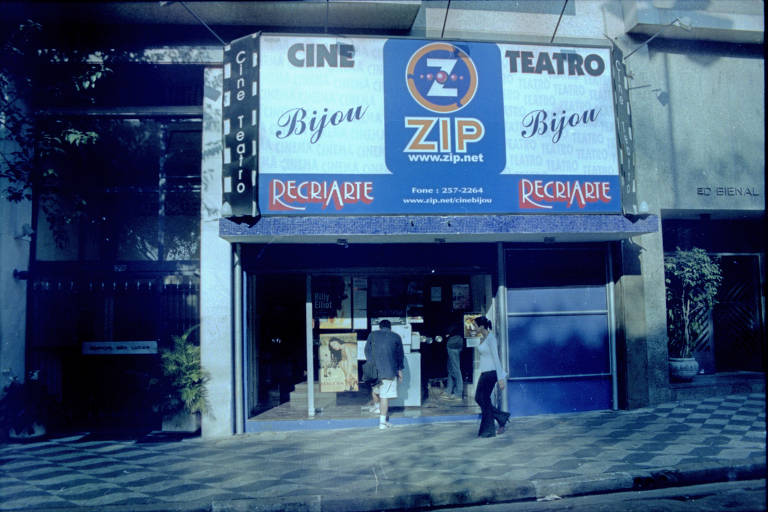In the 1940s, loudspeakers would announce the start of a film session in Dois Córregos, a small town of 27 thousand inhabitants in the interior of São Paulo.
"A session of Cine São Paulo will start now."
The cinema's speakers have long since ceased to exist, replaced by radio waves. But the space, built in the 1910s and one of the first in the country, continues to function, now as a municipal cultural center.
Francisco Augusto Prado Telles, also known as Chico, is the reason it survived.
Heir to the cinema (his father bought the space shortly before his birth), the retired professor even worked as a projectionist on his weekend breaks until the 1990s, when the video stores killed the business, and the city started to rent the building.
He decided to reopen the space, closed in 2014 by firefighters in the wake of the Kiss nightclub fire in the Rio Grande do Sul, a year earlier.
Directors Ricardo Martensen and Felipe Tomazelli recorded renovations they can be seen in the documentary "Cine São Paulo," which now hits theaters.
Chico is not alone in this attempt to save the country's cinemas.
When founders of the theater company Os Satyros learned that a church would occupy Roosevelt Square's former Cine Bijou, they decided to take over the space. At the time, Actor Theatre occupied the traditional São Paulo movie theatre.
Theater planners Ivam Cabral and Rodolfo García Vázquez planned to reopen the theater in June. "We got screwed," says Cabral. "Nothing was as simple as we thought, and we had no money."
The value, in this case, was the R$ 300,000 needed to purchase new projectors, in addition to the R$ 7,000 monthly rental space.
Now, more than six months after the epic began, and with the support of a digital crowdfund and Satyros show proceeds, they have not only raised the money but drew up a business plan for the cinema.
The annual cost of managing the space is about R$ 700,000, according to Cabral. This amount will be funding by 100 people, who will pay a monthly subscription over the next year.
Translated by Kiratiana Freelon
